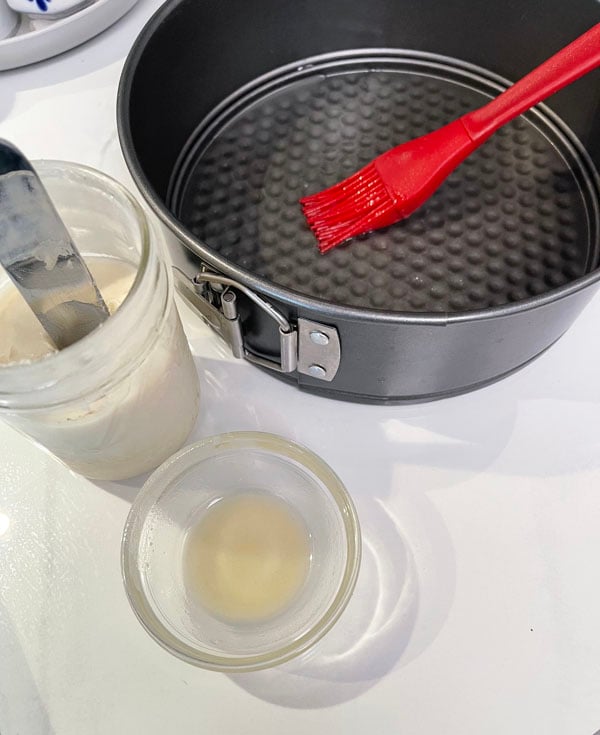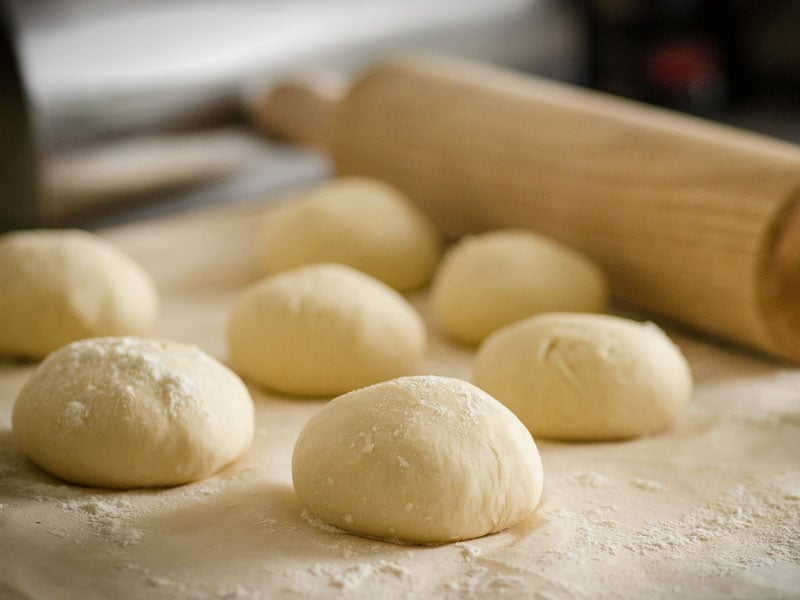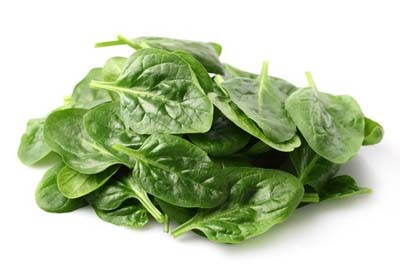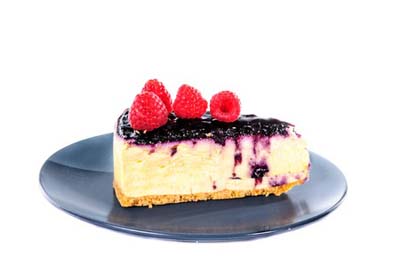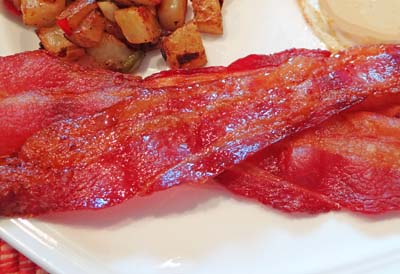Why spend money on high-priced non-stick gluten free baking spray when you can make a better substitute at a lower cost using ingredients that you most likely have on hand. While you cannot spray this version, it works better, includes flour, and is completely gluten free. Also, learn how gluten free cake goop effects your baked goods.
Continue reading “Gluten Free Baking Spray with Flour Substitute – Gluten Free Cake Goop”Why Won’t My Gluten Free Dough Rise?
If your gluten free dough won’t rise, there are a few things to check. The first thing to check is whether your yeast is good/fresh. Did you proof the yeast? All you have to do is to soak the yeast in liquid for about 10 minutes. If the yeast mixture becomes foamy on top, it is fresh.
When adding liquid to yeast or vice versa, be certain that the liquid is not too hot. Anything over about 120 degrees F may kill yeast. Also, did you use the correct rising temperature? Anything causing the yeast to reach over 120 degrees F, even a very hot oven during the rising period, can kill it.
Ideal rising temperature for an average gluten free dough is 80 degrees F. Use this temperature if your dough is a combination of gluten free flour, starches, gum or gum substitute. When using whole grains or all gluten free flour versus some flour and starch, your dough may benefit from a higher rising temperature. Instead of 80 degrees F, try 84 or even 86 degrees F.
I use the Brod & Taylor Folding Proofer/Slow Cooker for proofing (final rising of) dough. It’s great because you can set the temperature to whatever your dough requires. I like it because it contains a metal tray to place underneath the rack which creates a little steam to keep the top of the dough moist. You can achieve the same thing in your oven (place a tray of water on the oven floor), but unfortunately, an oven’s temp cannot be regulated. I highly recommend a proofer of some sort, but you certainly can make due with what you can afford.
If your yeast is fresh, one thing to ask yourself is, “Is the dough heavy in fat and/or sugar?” due to their weight, butter and sugar take longer to proof/rise. All of that fat and sugar weighs down the other ingredients. To give heavy sweet dough a boost, consider using SAF Gold Instant Yeast.
If you use too much salt, it can also retard rising because salt controls yeast action.
In addition to the above, if you add too much gum or psyllium husk, it does not allow the dough to stretch and rise easily. It is similar to adding too much dry cement to water. There is such a thing as too much structure. You have to have the correct balance of structure (gum or other binder) and liquid. To troubleshoot gluten free dough with too much binder, add more water or other liquid and allow it to rise again.
If your dough doesn’t rise enough, you can also add additional yeast the next time you make it. Of course, it will create more holes. If you add way too much, you risk your dough collapsing upon cooking, or worse, during baking.
Lastly, yeast-risen dough requires patience. Allow the dough to slowly rise, as long as needed. The perfect texture that time creates is worth the wait.
How to Use Xanthan Gum
Learn how to use xanthan gum from my over 13 years of gluten free recipe development for manufacturers as well as the general public. View the chart showing how much xanthan gum to use in different types of gluten free recipes. Many people who are just beginning a gluten free diet wish to know what xanthan gum is and if it contains any allergens. Learn all of the above as well as how it effects your digestive tract.
Continue reading “How to Use Xanthan Gum”Substituting Gluten Free Flour For All-Purpose Flour Using Cups or Weight
There are so many gluten free all-purpose flour blends and mixes on the market that no one knows what to use or how much. Many of the manufacturers claim that you can use cup-for-cup, but that isn’t always true. So, if your baked goods are turning out heavy or gummy, read on to learn more. You’ll be able to start substituting gluten free flour for all-purpose flour like a pro! Continue reading “Substituting Gluten Free Flour For All-Purpose Flour Using Cups or Weight”
Using Edible Flowers and Natural Ingredients Instead of Food Coloring
Have you ever eaten flowers? I have. The first time was in a salad served to me in a restaurant in Union Square in San Francisco. Roses don’t really taste like they smell. Well, not when you have salad dressing on the peddles. I’ve also used roses from my garden to make rose water to use instead of lemon juice in my Gluten Free Baklava. Continue reading “Using Edible Flowers and Natural Ingredients Instead of Food Coloring”
5 Ways to Make Lighter Gluten Free Cake and Other Baked Goods
When baking gluten-free, you can achieve lighter results by applying a few simple techniques. I teach you, step-by-step how to achieve each one. Also, you learn which methods to use for particular applications. Continue reading “5 Ways to Make Lighter Gluten Free Cake and Other Baked Goods”
High Altitude Gluten Free Baking Tips
I only live at 1,800 feet altitude; therefore, I don’t have any experience with high altitude baking. However, high-altitude baking creates similar problems to gluten free baking. Combine the two and you can turn into a gluten free recipe developer for high altitude baking in no time. It takes patience and experimentation to bake in high altitudes, whether the recipe is gluten free or not. After comparing standard high altitude baking tips with my knowledge of gluten free baking, I have compiled a few tips for you to use in high altitude gluten free baking. The decrease in air pressure can cause all sorts of problems, but baking gluten free can be easy once you get the hang of it. No matter what, each recipe needs unique adjustments for your altitude. I hope you find these tips useful. Continue reading “High Altitude Gluten Free Baking Tips”
How to Cook Fresh Spinach and Remove Excess Water
Q. How do I remove the excess water from freshly cooked spinach?
A. When I first started cooking spinach, my sister pointed out that mine was too wet. I squeezed out as much as I could, but it still was quite watery when you bit into it. She didn’t provide me with a method on how to cook fresh spinach, but I finally discovered the secret to removing the excess water. I also have discovered an extremely handy way of cooking it right on the stove top. I share my knowledge with you, just in case you weren’t aware of this method.
I will use reference and link to this article in the future when a recipe contains wilted spinach. I hope you find it useful.
Continue reading “How to Cook Fresh Spinach and Remove Excess Water”
Gluten Free Cheesecake Recipes and Baking Tips
Baking cheesecake is a bit like gambling for some. When you are using gluten free cheesecake recipes, it’s not much different. You never know the outcome. Most cheesecakes sink and many cracks. You may have heard ways to prevent cracking, but I will go over them for new bakers. However, there is one tip you may have never heard. It helps prevent sinking and sometimes cracking. Members have access to to almost 20 Gluten Free Cheesecake Recipes. Continue reading “Gluten Free Cheesecake Recipes and Baking Tips”
How to Bake Bacon
Cooking breakfast is simple when you look at each individual dish. However, timing it so that the eggs, toast, potatoes and bacon are all cooked at the same time and warm, can be difficult. The solution? A new method of cooking bacon…baking. If you are wondering how to bake bacon successfully, this is it. I have tried a few methods and temperatures and find the below method to be the most successful for crisp bacon. Continue reading “How to Bake Bacon”


